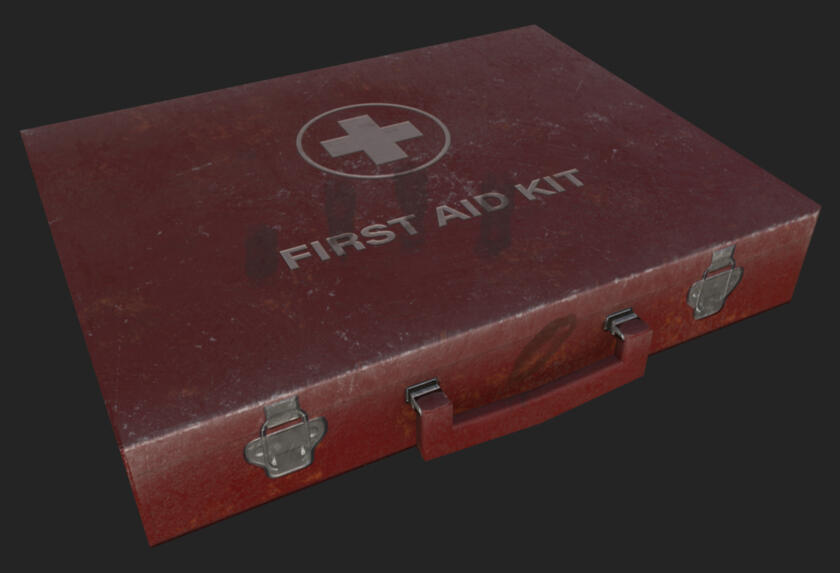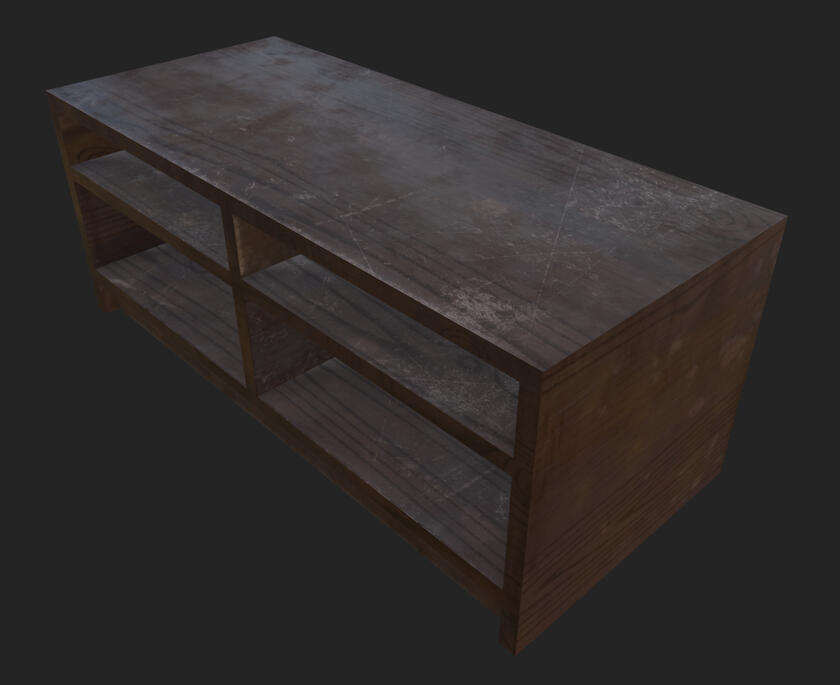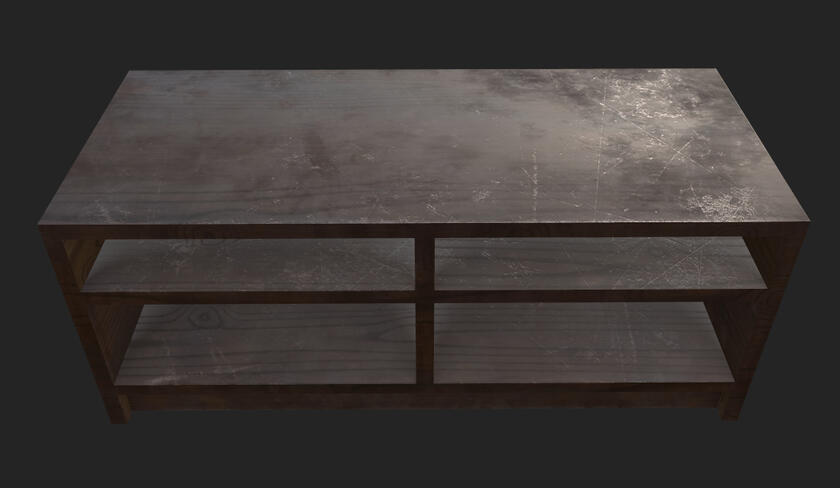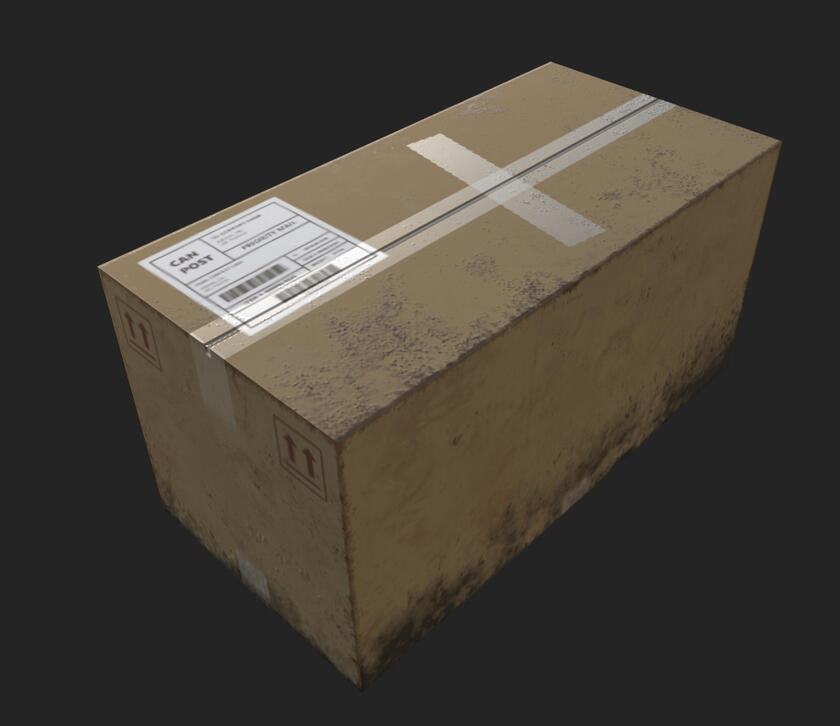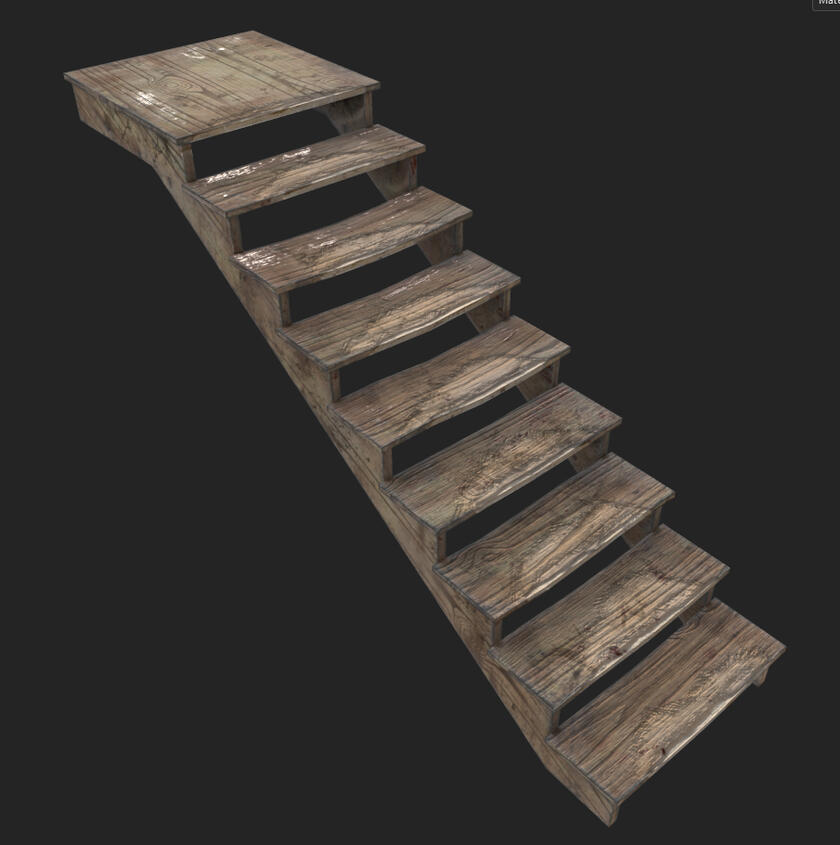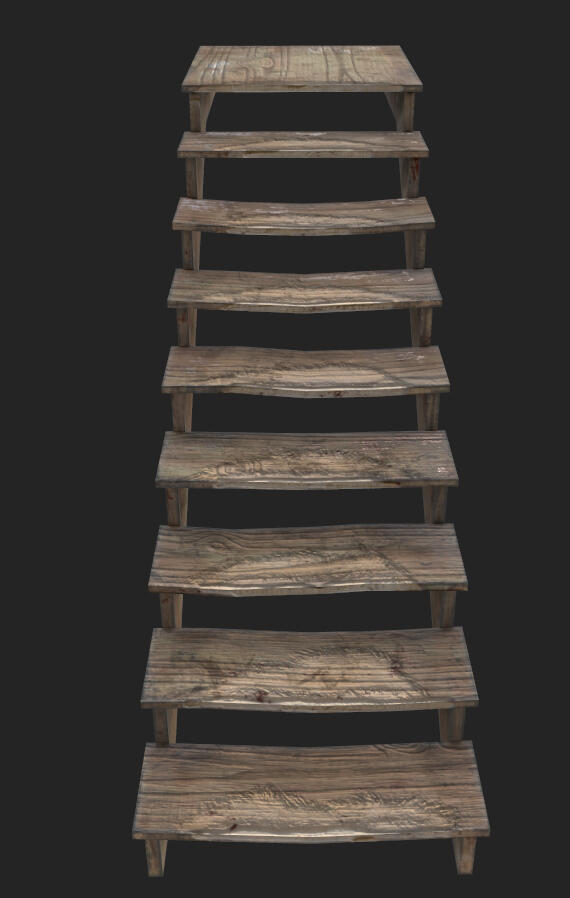Nicholas Darker
Game Designer | Programmer | Artist
Hi I'm Nick! I love to keep myself busy working on small projects where I can learn as much as I can about making all aspects of games. I'm currently working on a Survival Horror game check out how it's going below!
DEMO REEL
Latest Released Game
Current project
3rd Person Survival Shooter | Made in Unreal
(Work in Progress)
Projects
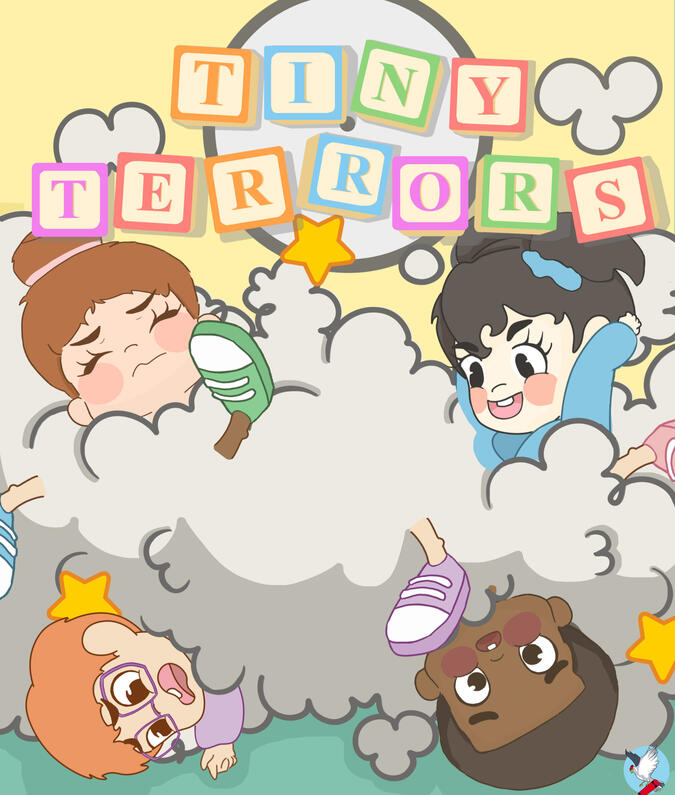
Tiny Terrors
Unity | PC | 2019 - 2020
Programmer
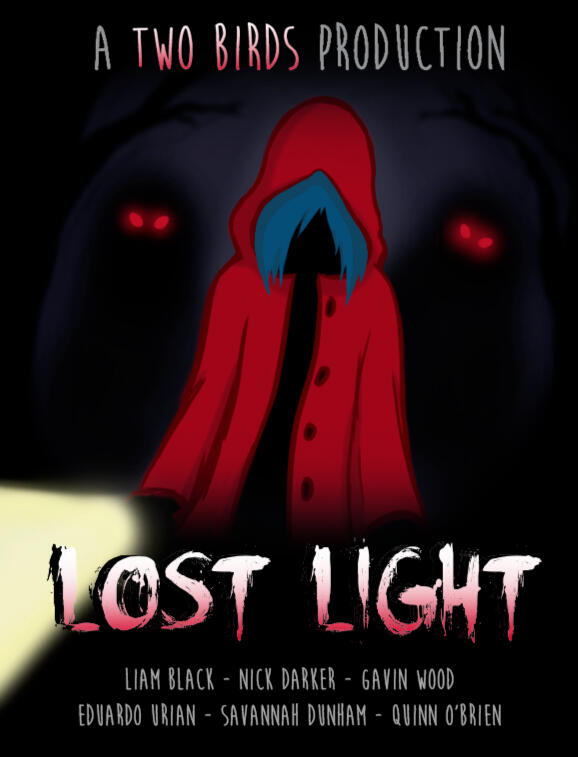
Lost Light
Unity | PC | May 7th, 2018
Level Designer
Programming
Spatial Inventory System
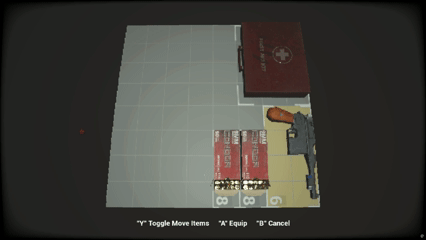
Design Goal:
Visually represent the players inventory spatially along a grid, where items take up grid slots creating inventory scarcity and management.
I created a world space inventory system that is completely customizable and dynamic.
Grid Size, Dimensions, Items Size, Orientation and Quantity are all customizable.
Design Layout Breakdown
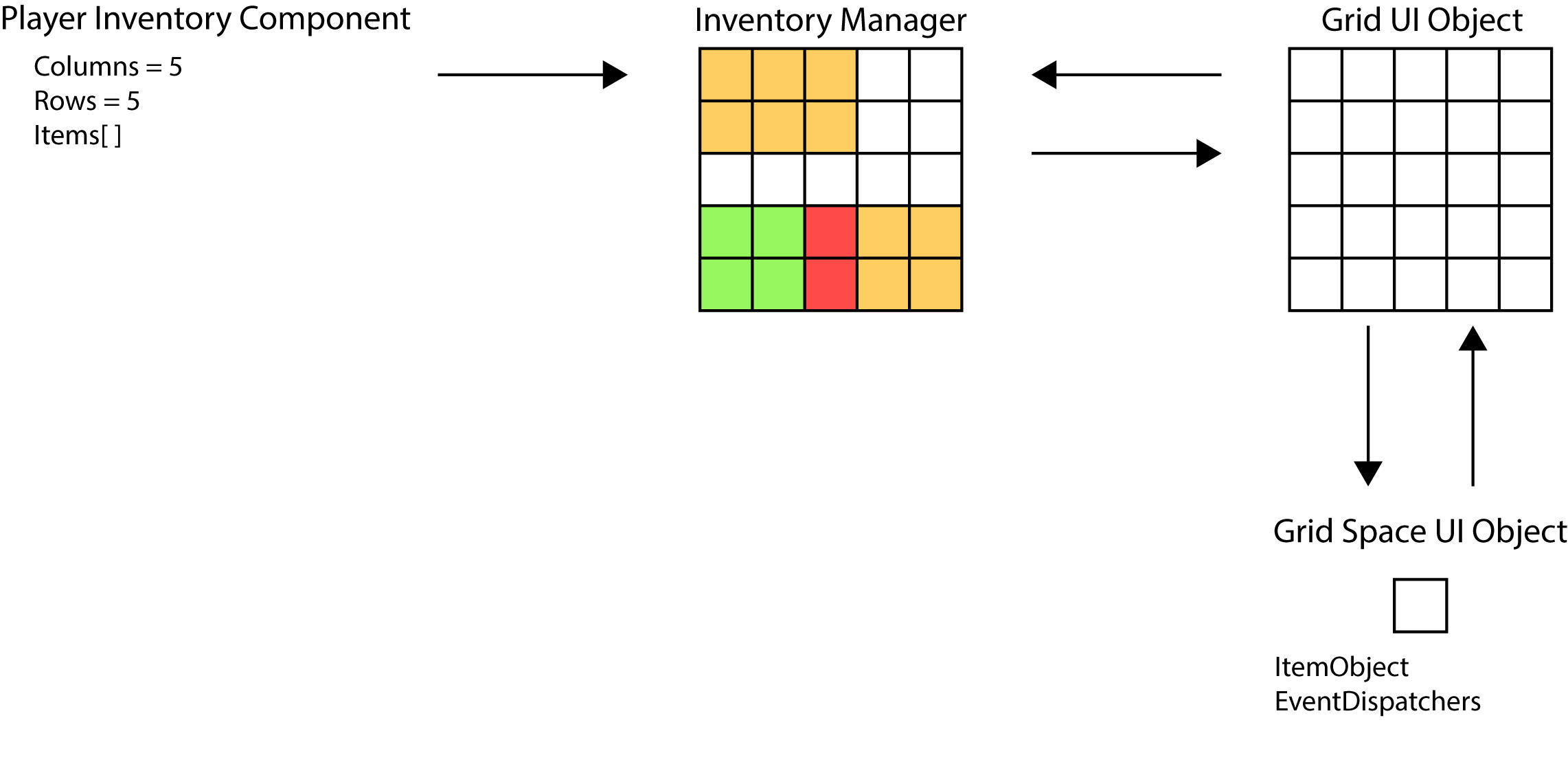
Player Inventory Component:
- Keeps track of the items collected by the player and the size of the inventory.Grid Space UI Object:
- Represents 1 space in the players inventory and can store an item as well as receiving input from the player.Grid UI Object:
- Creates a grid of “GridSpaceUIObject” children to create a visual representation of the Players Inventory array.Inventory Manager:
- Control and manage the interactions within the UI Grid.
- Create visuals that correspond to the current state of the array grid.
Creating the Grid using Array Math
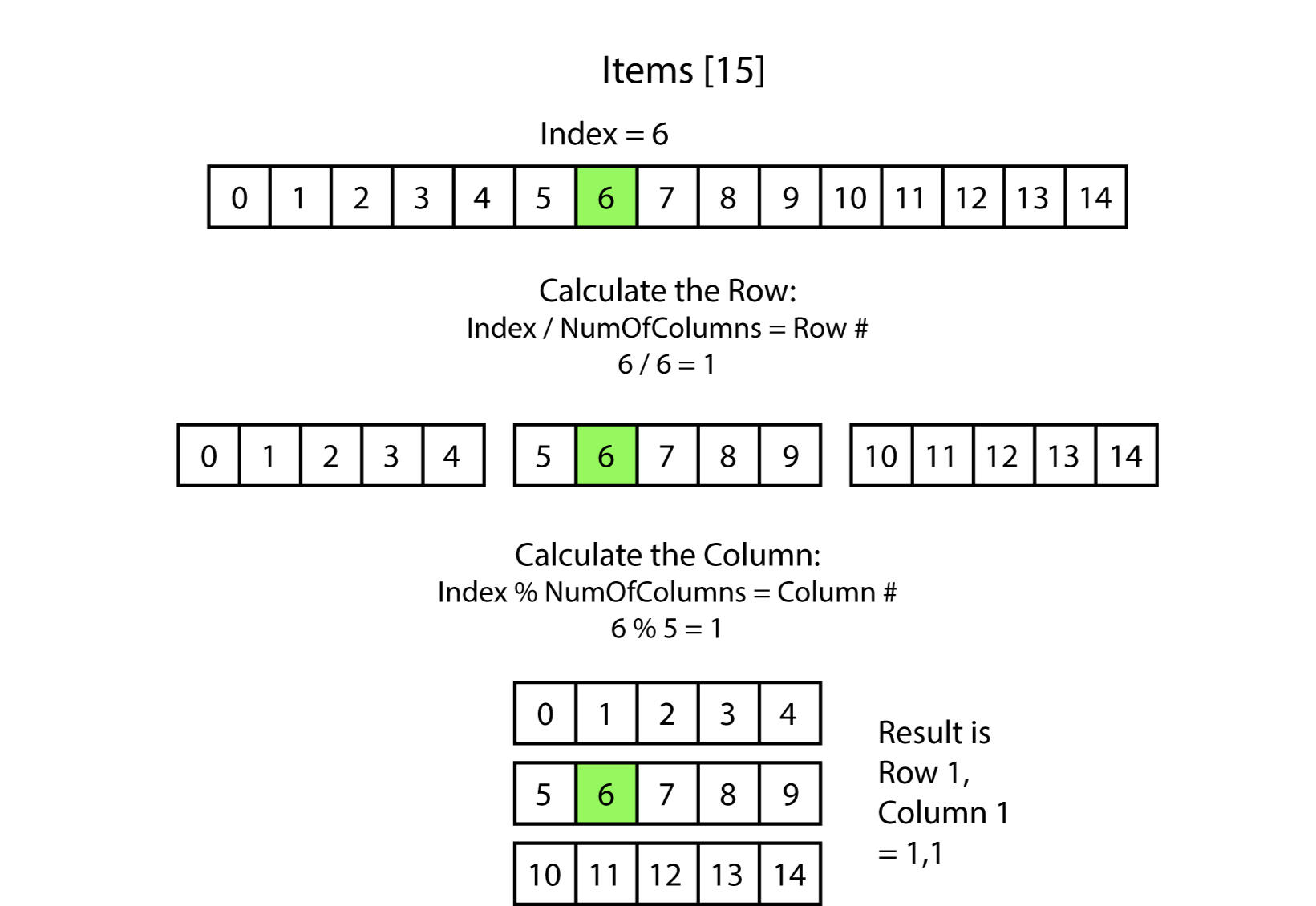
When working in a 2 dimension grid with a 1 dimension array of player items the movement and locations of items are very important. I created a helper function to take that items array location and convert it to the correct column and row it belongs to on screen.This allows me to easily get the associated item at any grid location the player interacts with, and vise versa.
Shatter Keep
A Top-Down Multiplayer Survival Horror game.
Made in Unity
Networked Player Tracking Mechanic
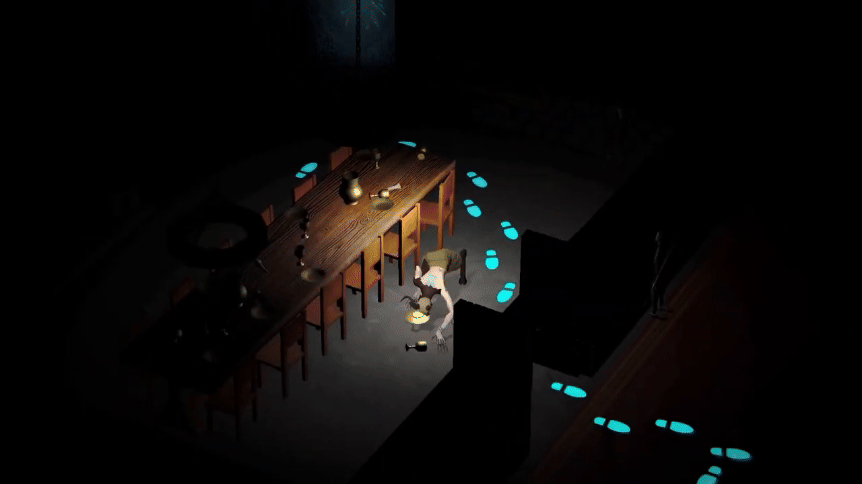

I created a footprint mechanic where the monster player is able to track each of the 4 survivor players locations for a limited time based on their past footprints.The footprints are a sprite particle effect created when the player is displaced and are color coded to match each of the 4 players to be easily discernible who you are tracking.The footprints are tracked locally on each players machine and are only rendered to the monster player during their 30 second tracking ability.Each footprint particle effect has a maximum lifetime of 60 seconds so that the information is up to date and not cluttered.
Visibility Stencil Shader
To create a sense of anxiety in the player I created a Stencil Shader to only render other players who are within a small radius around each independent local player.
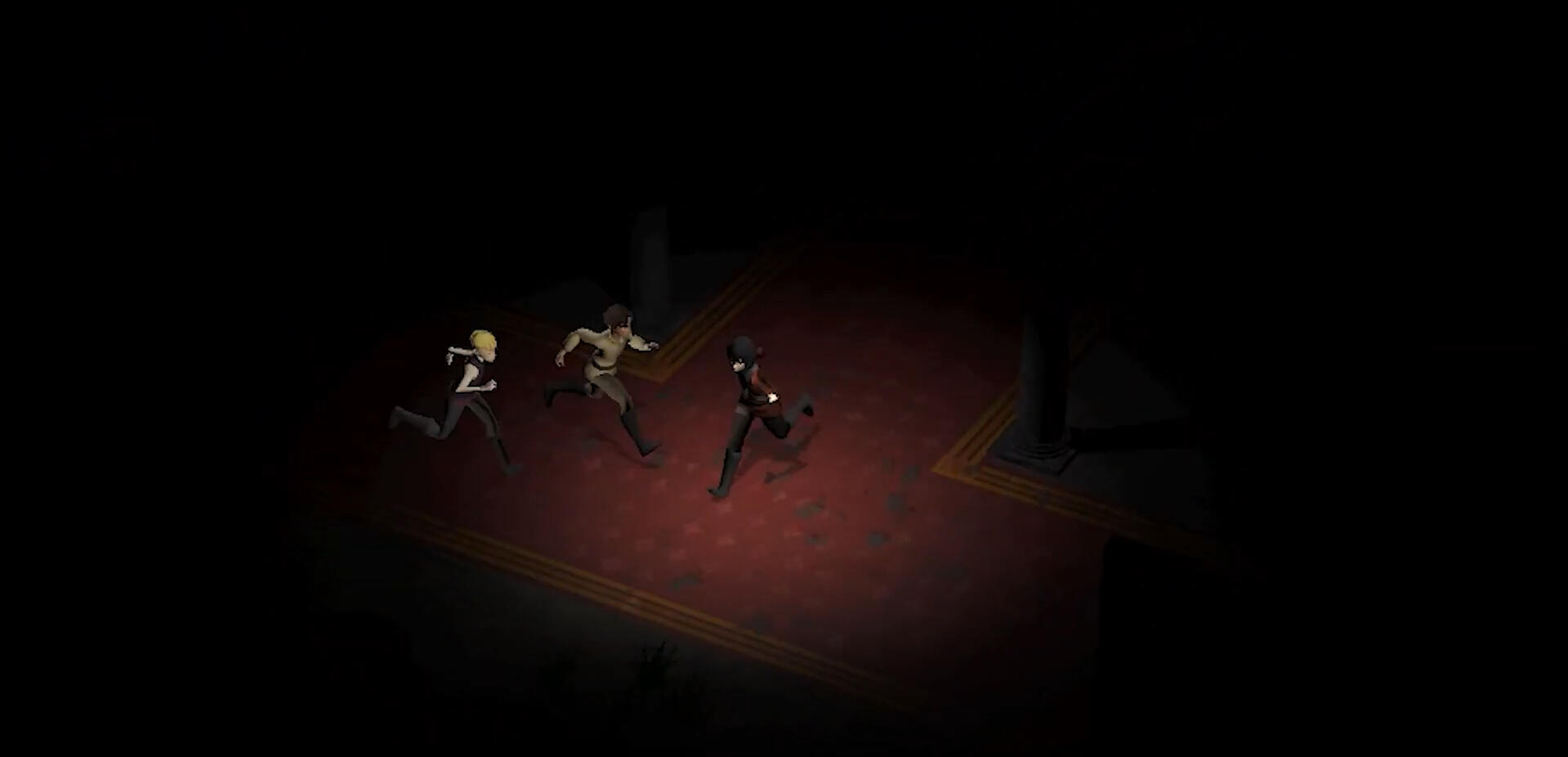
Visibility Stencil Shader
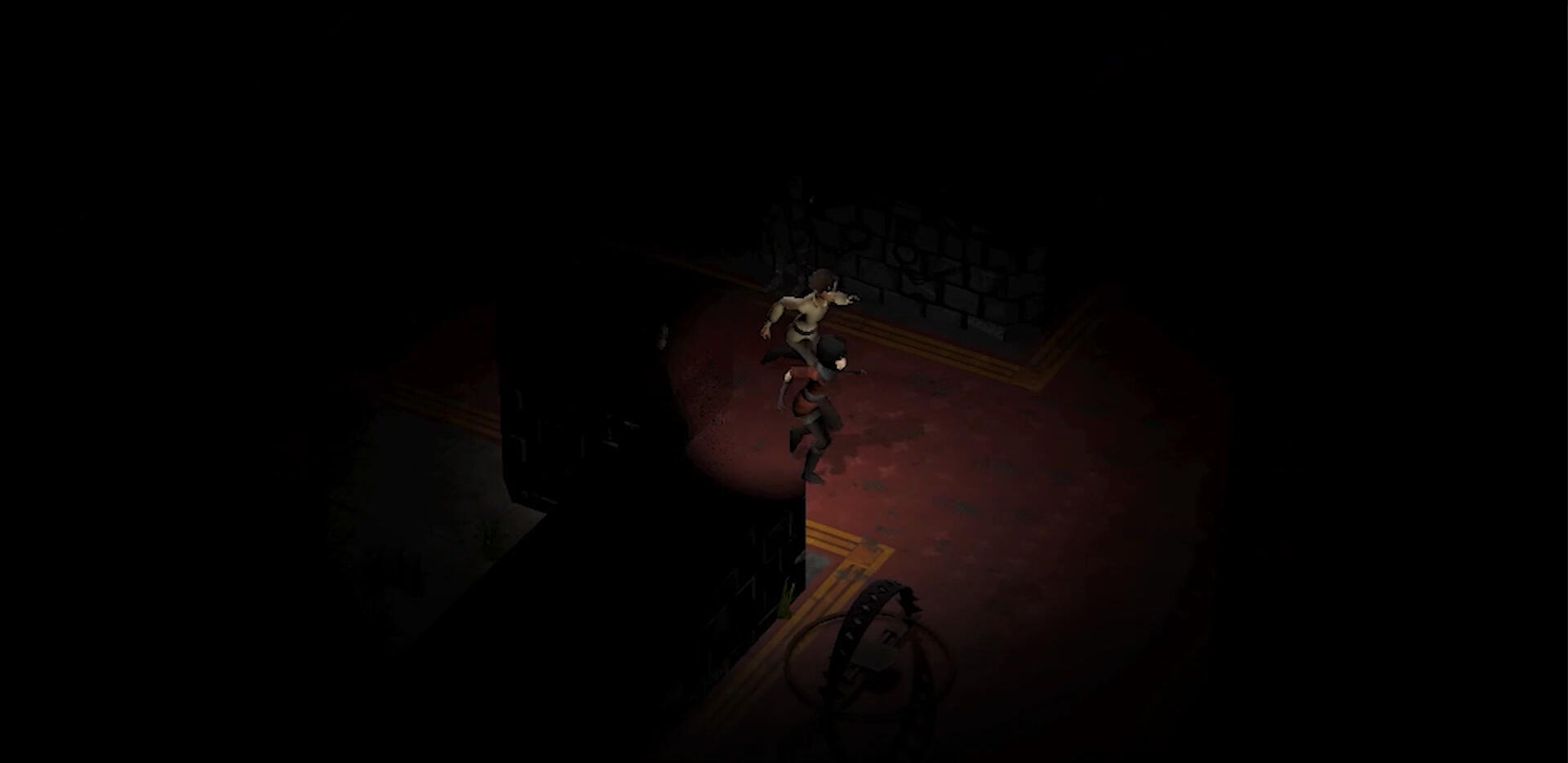
Due to the isometric camera perspective, walls became obstructing to the camera and provided plenty of hiding spots for survivor players.To balance this I created a wall transparency shader to compare when a player is behind a wall and to cut out a small circle to allow them to become visible.This however is only calculated locally for each player so that they can still hide without becoming visible to all players. This in turn added to a very fun interaction where players who walk by a wall can suddenly see a hiding player and choose to hide with them or chase them
Spatial & Dynamic Audio
In order to create a terrifying experience for our players I worked alongside the Audio Designer to implement spatial Audio through FMOD. This allowed players to become immersed in the experience by hearing directional audio of the terrifying roars and footsteps of the monster walking through the halls around them.Spatial Audio allowed players to essentially see in the darkness as they could hear potential foes and assess dangerous situations around them.The Dynamic Audio we created through FMOD allowed us to change how the background tracks and global audio were handled on the fly through variables.For example depending on the current number of living survivors the track would be updated to change in ramping intensity.
Technical Art
Dynamic Animation Reactions
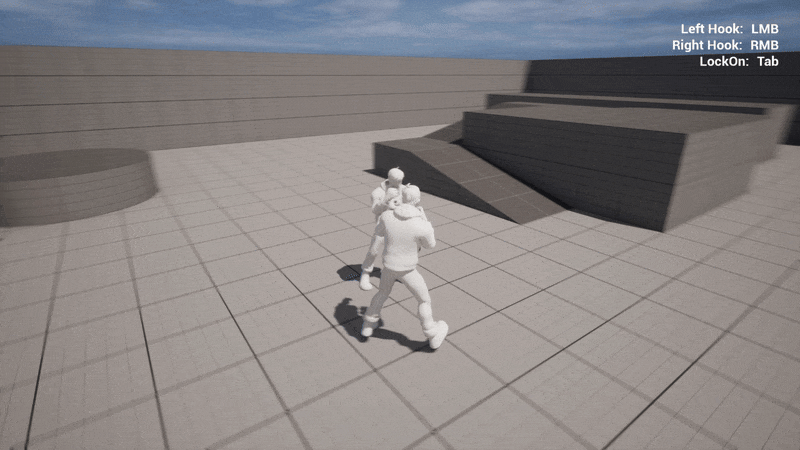
Physics Asset
Bone Collisions & Constraints
Animation Notifies & Object Trace
Impulse Force to hit Bone
Hidden Object Shader
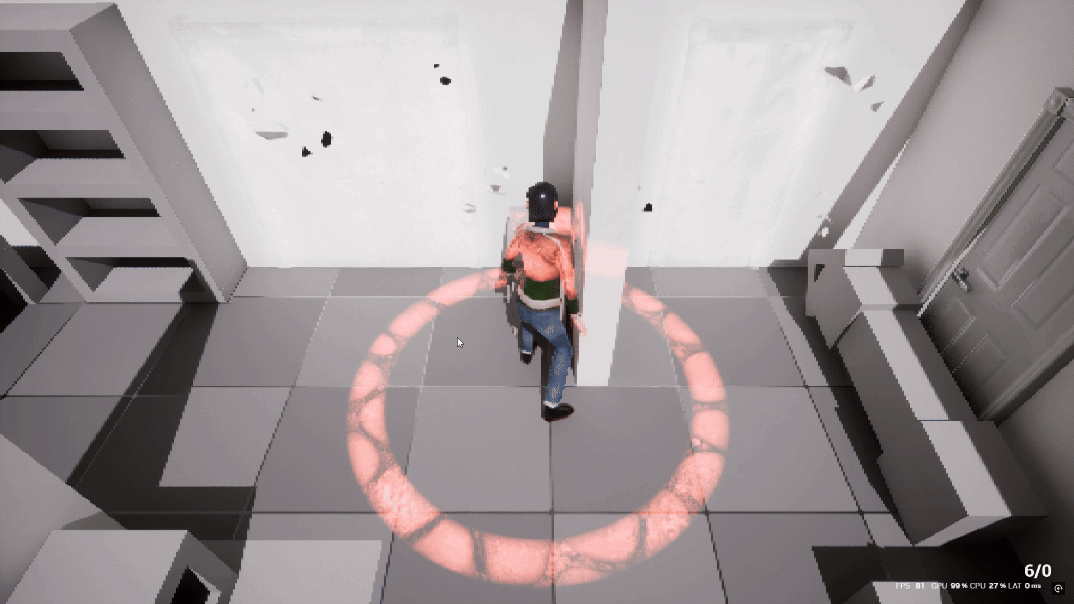
Opacity Masks
World Displacement
Distortion Particle Effect System
Temporal Dithering
Post Processing Material Layer
Visibility Range & Wall Transparency
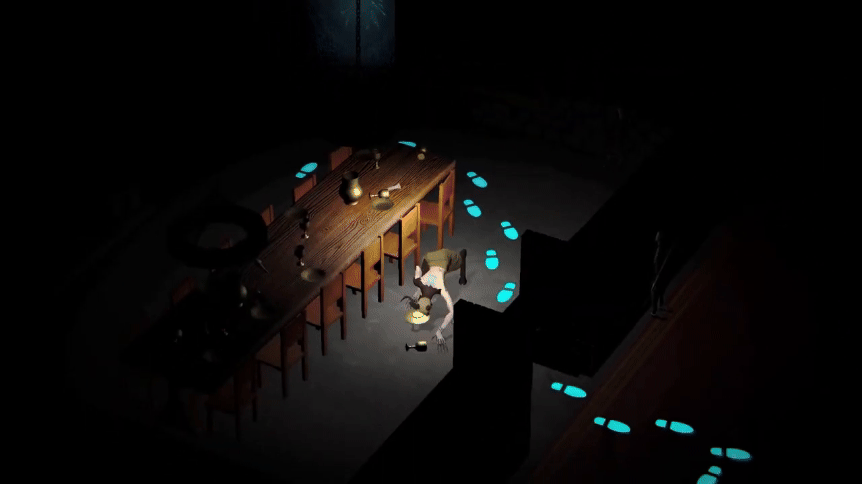

Stencil Buffer
Client Side Rendering
Digital Art
2D Rigging
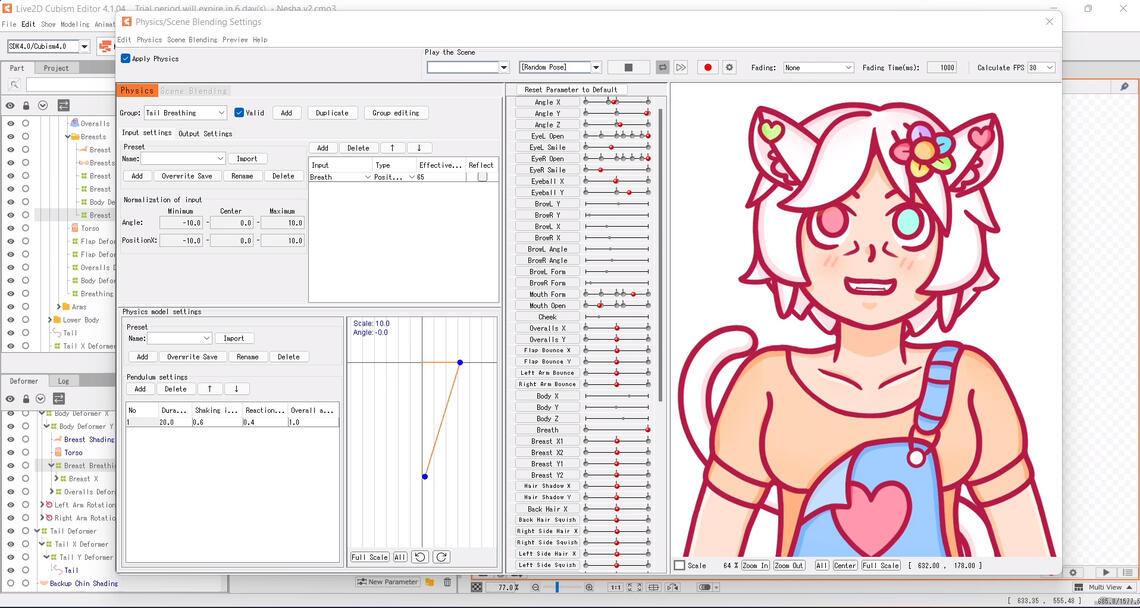
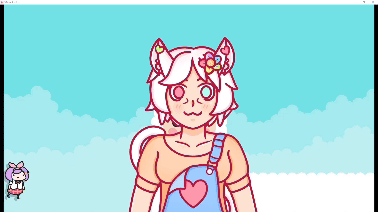
Gallery
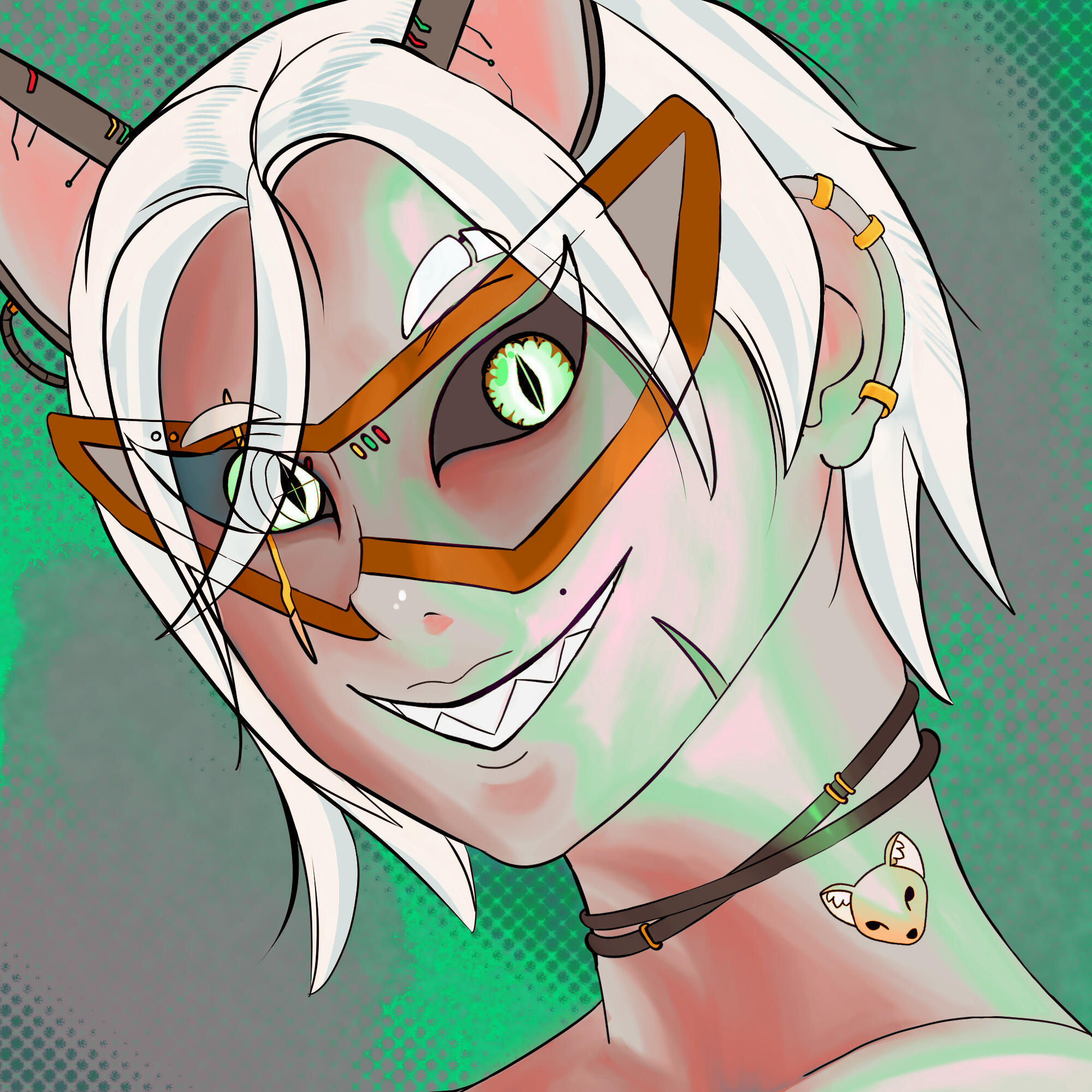
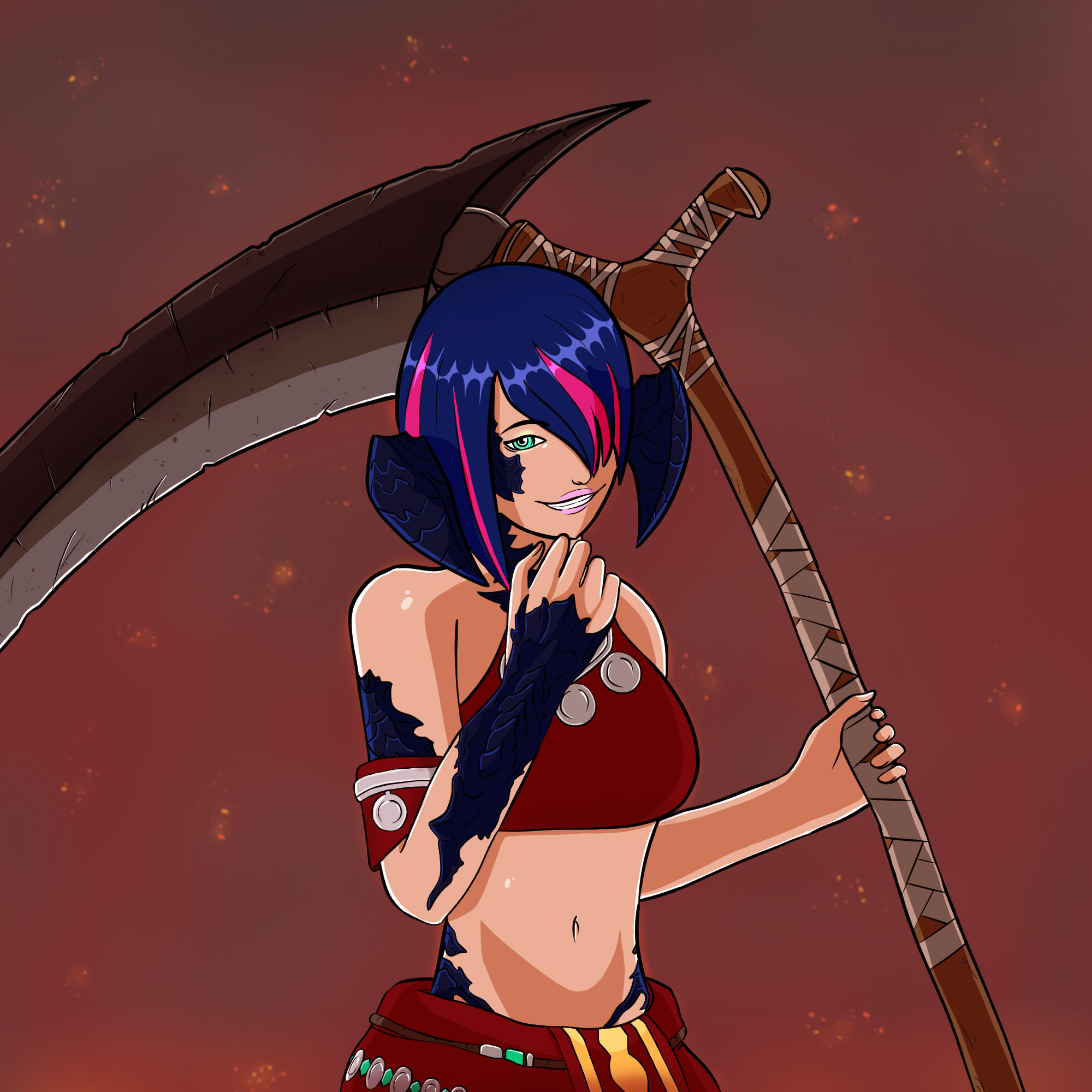
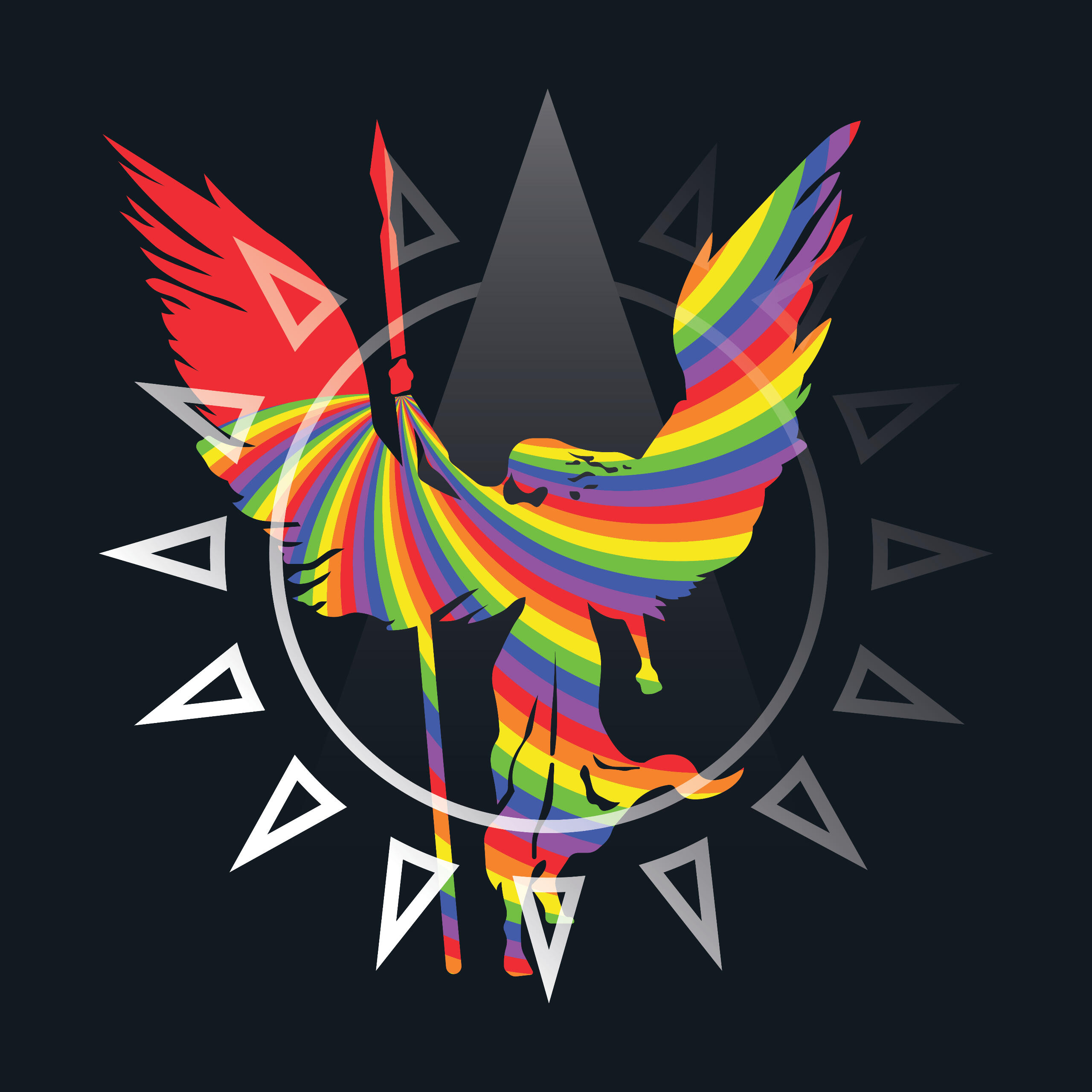
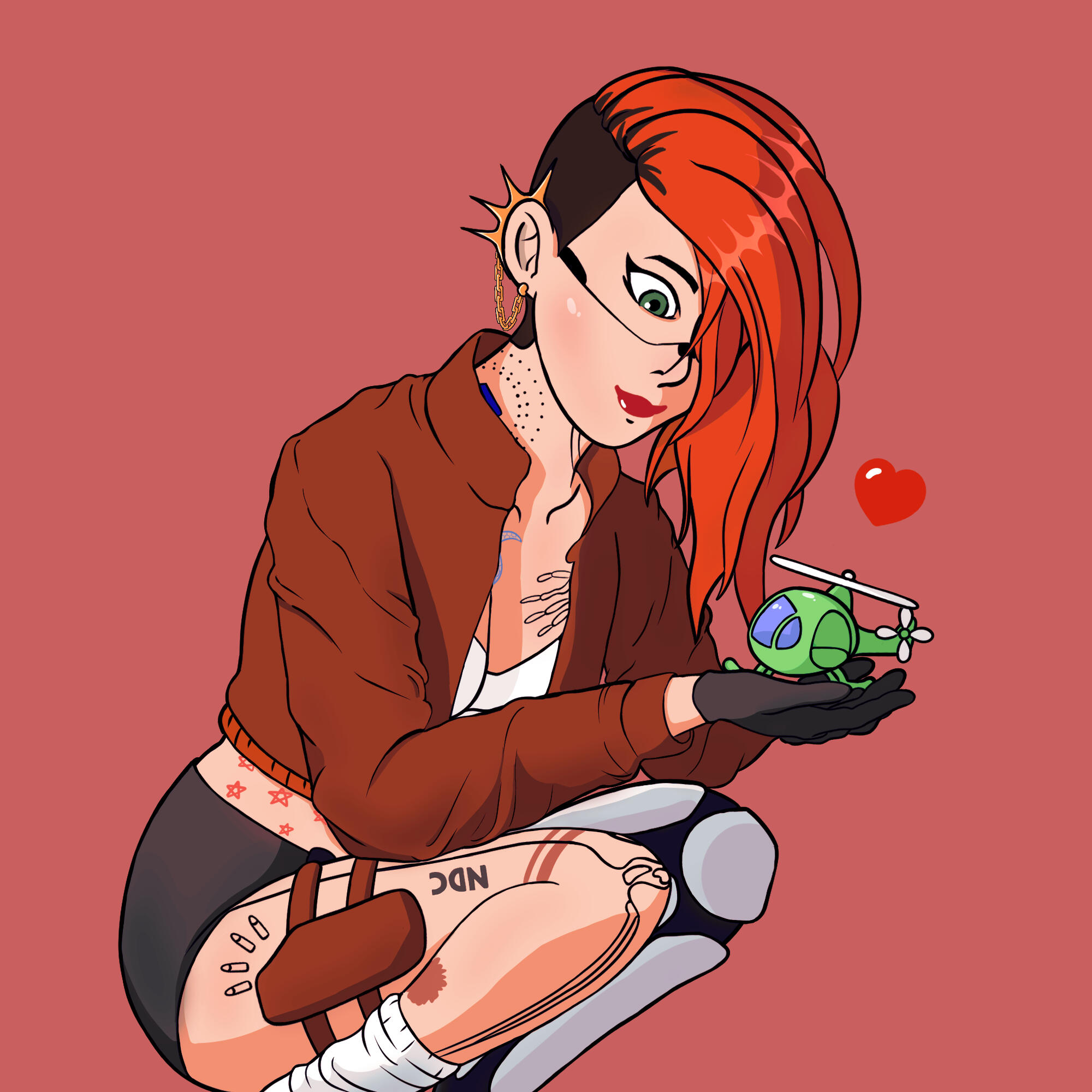
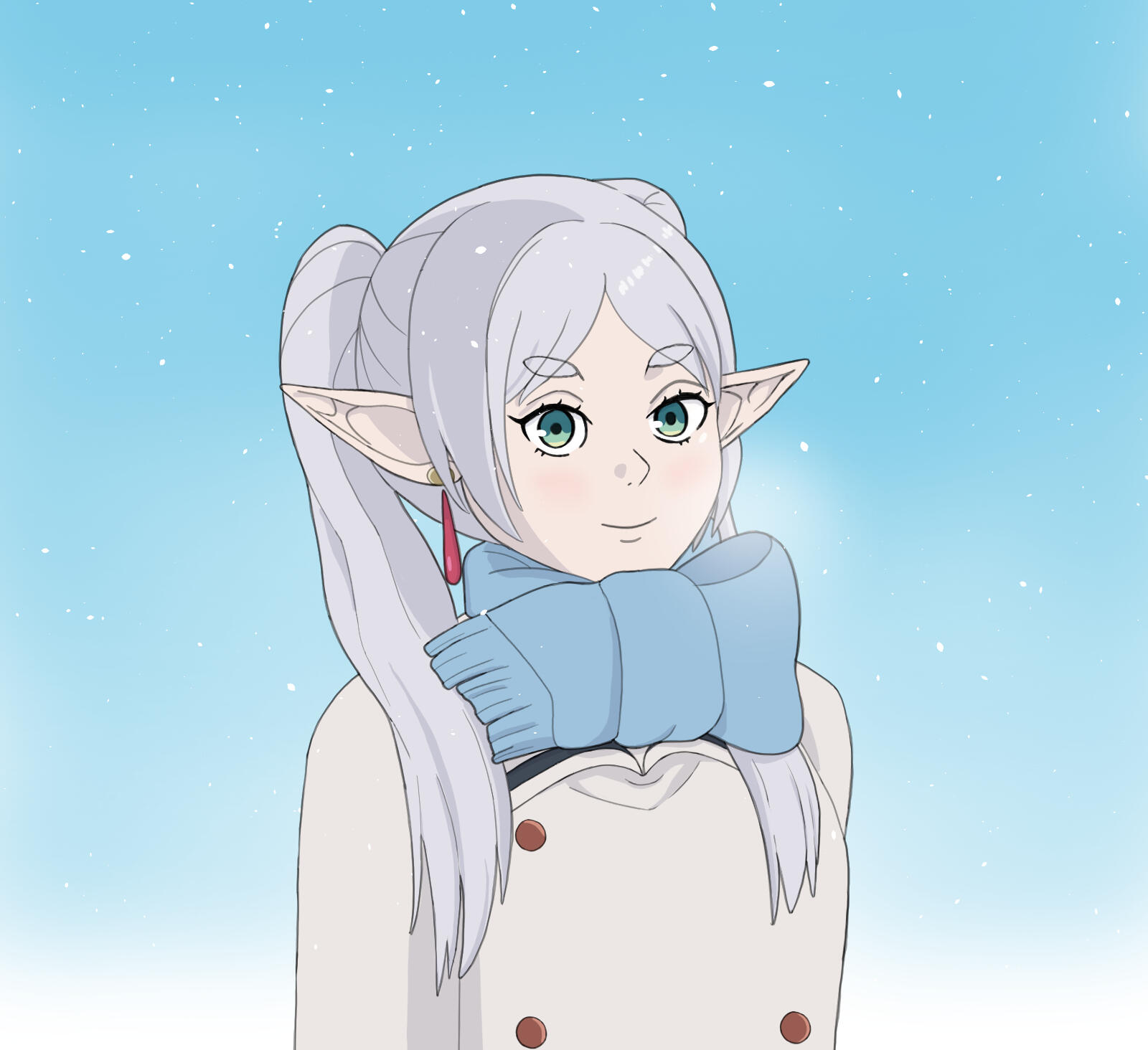
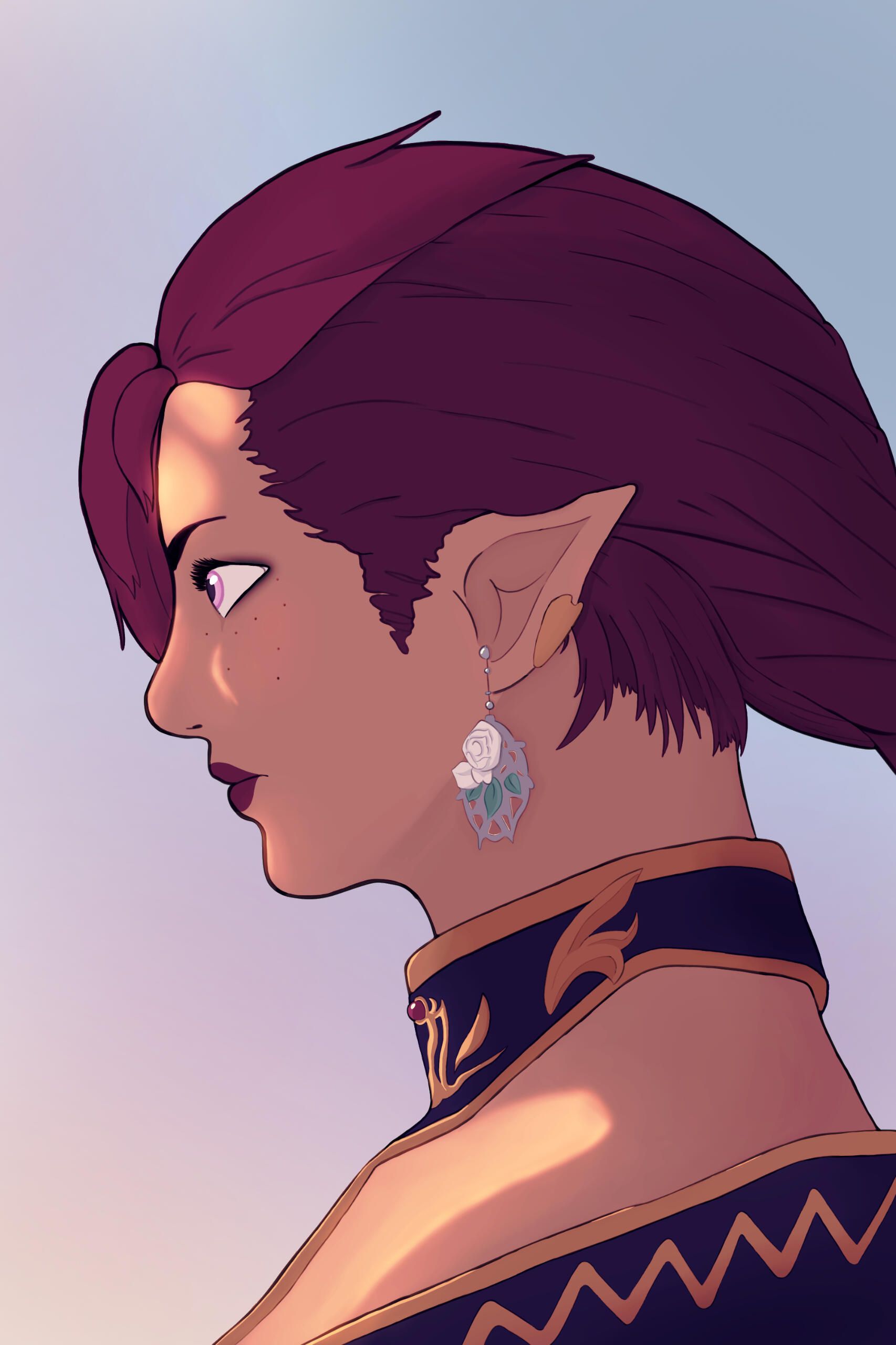
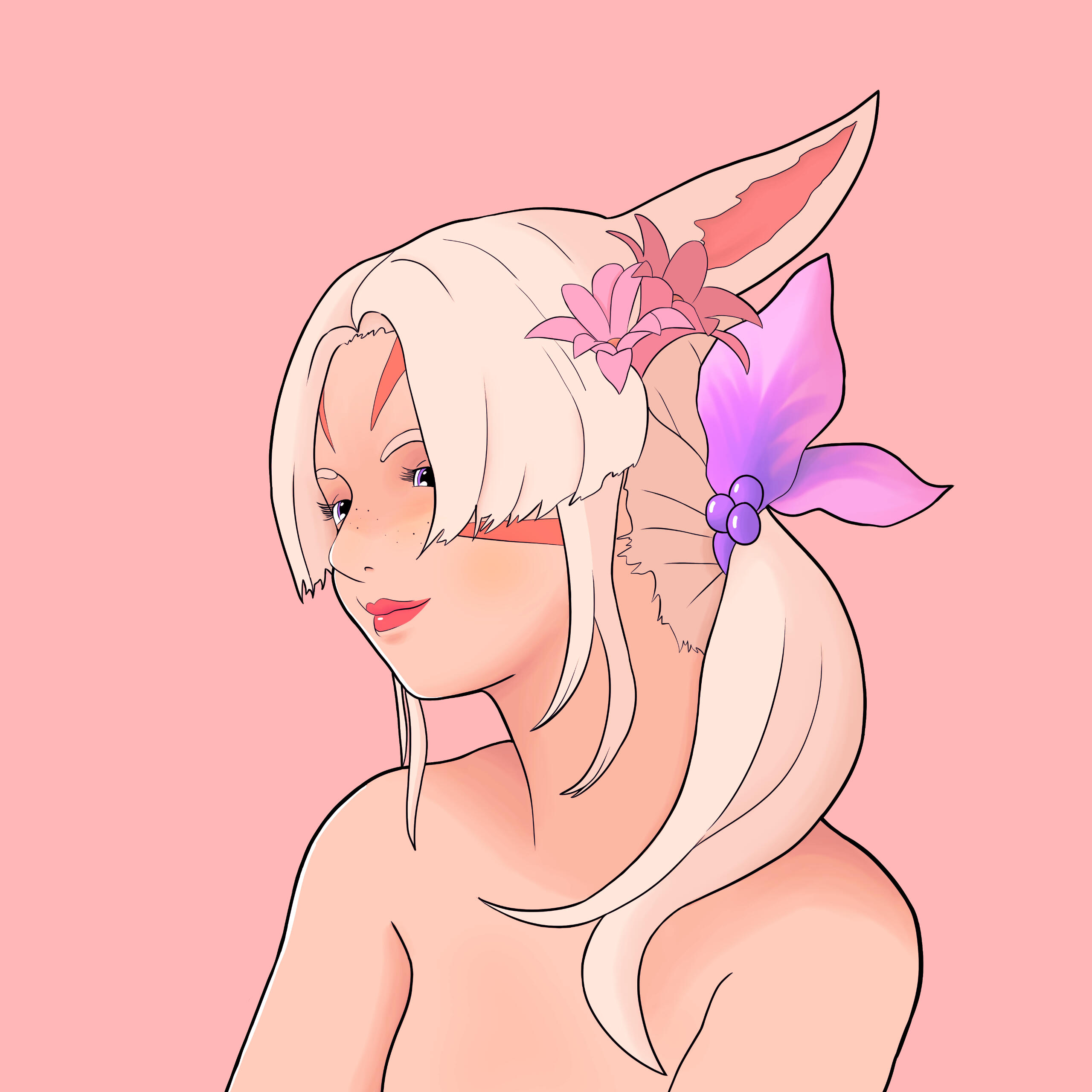
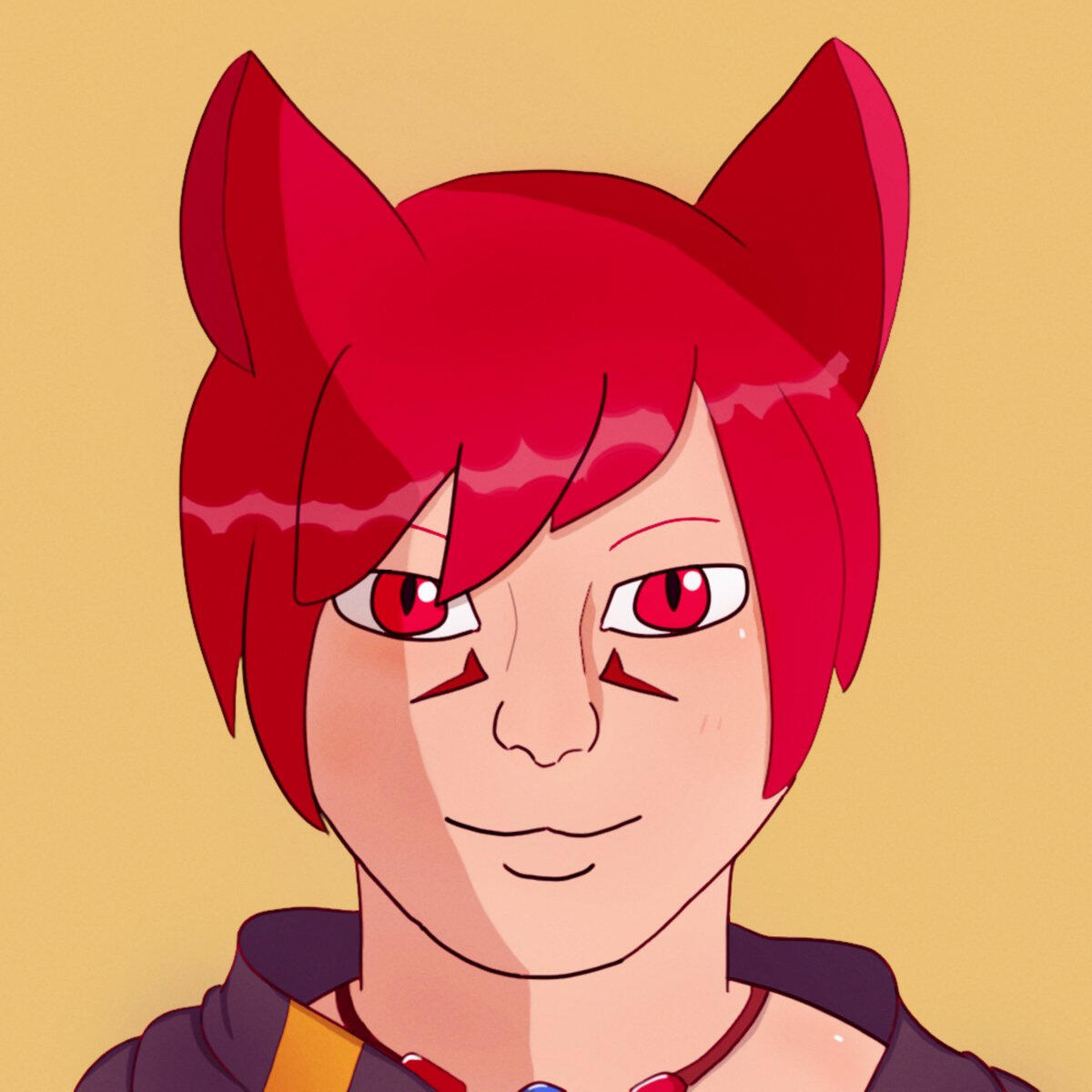
Level Design
Survival Game
Design Development Process:
First Floor Initial Draft:
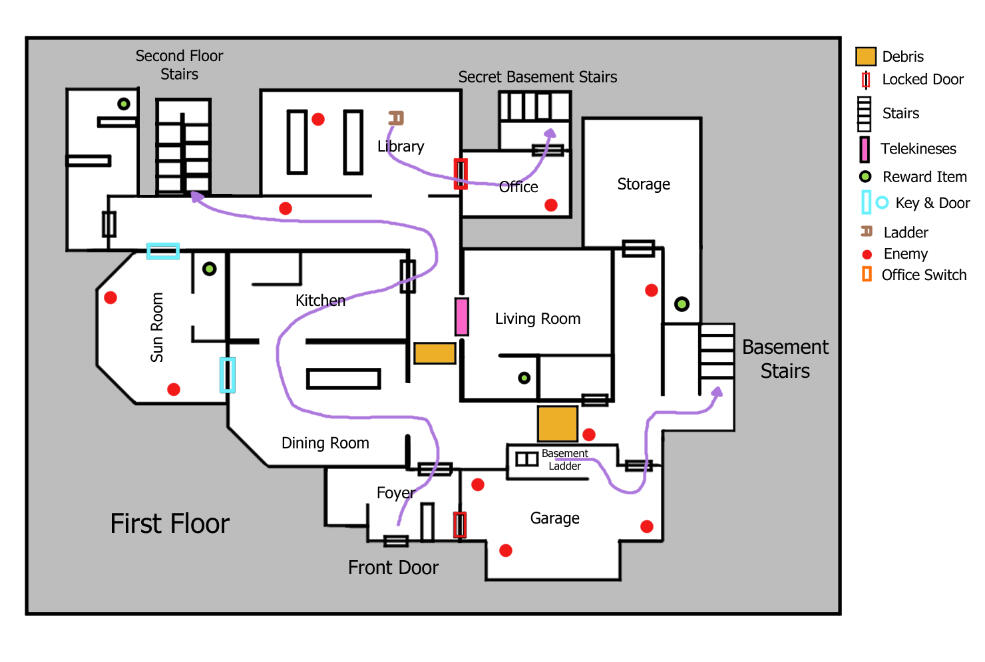
Design Goals:
Utilize Backtracking
Avoid Unnecessary Combat
Limited Resource Economy
Progression Through Unlockable Power Ups
For the initial draft I made a rough layout of the player's progression through the tutorial area of the game.
I focused on easing the player into the gameplay loop of exploration, looting, and combat by railroading the initial progression from the "Front Door" to the "Second Floor Stairs". The player is given safe roam of the first rooms to establish exploration before they are introduced to an enemy in an enclosed space forcing the player to flee.
The remaining area of the first floor is unlocked later once the player returns with key items.
Puzzle Design
Weapon Unlock:
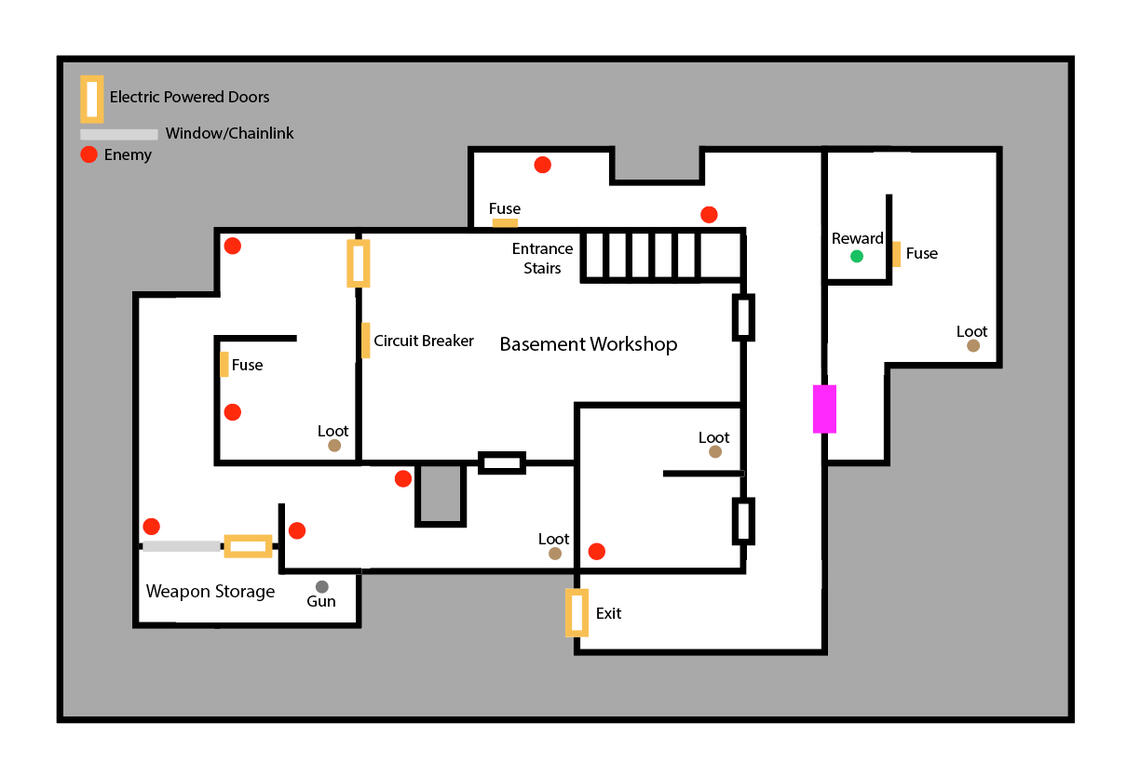
Design Goals:
Powerful weapon as a reward
Force combat encounters
Collect 3 Key Items to progress
The goal of this puzzle was to create an enclosed area that would provide the player with a powerful weapon once they found 3 Key Items (Fuses). As the reward would be very valuable I scaled the difficulty of the puzzle and increased the cost of resources spent acquiring it.To increase the difficulty I created narrow hallways and obscuring corners filled with multiple enemies where evasion is difficult to force the player into combat.
Mirrored Basement Puzzle:
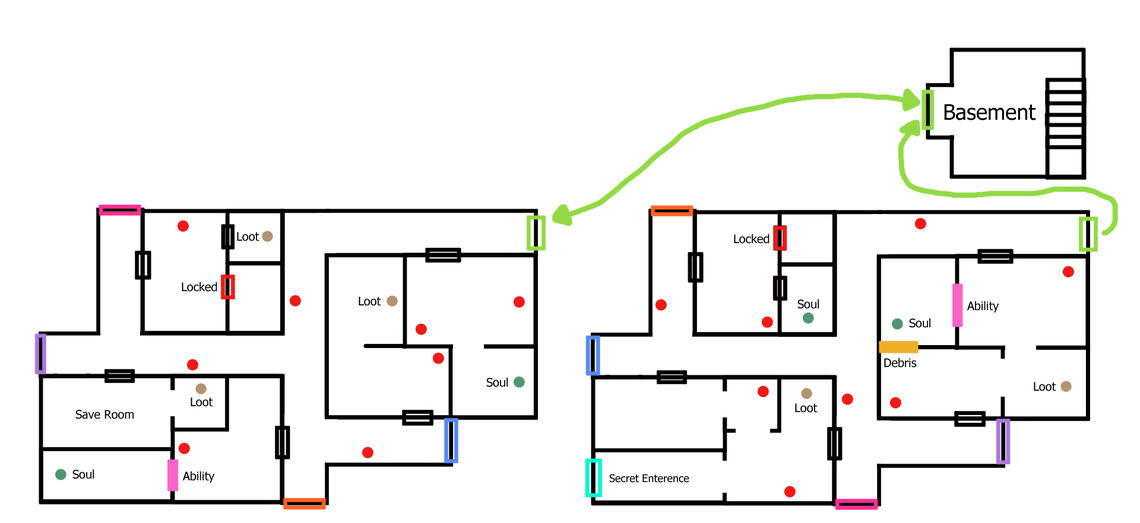
Design Goals:
Utilize each of the players unlocked abilities
Create a disorientating loop for the player
The purpose of this puzzle is to create a disorientating feeling in the player. When the player walks through a colored trigger area, teleport them into the mirrored loadout of the puzzle to simulate an endless hallway. The puzzle is solved once the player collects 4 "souls" 2 of each are located in each mirrored layout.As the final puzzle of the game provide a balance of frequent enemy encounters and uses for the players unlocked abilities (Destroying Debris, Moving Objects with Telekinesis).By designing the Basement with 2 slightly different versions and enemy placements, the player will be lulled into a false sense of security trying to memorize enemy locations and have to constantly reevaluate their position and sanity.
Rescoped Level Design:
After committing to the large multi-floored metroidvania design process for 6 months I realized it was way too out of scope for a small project.I went back to the drawing board and took key mechanics and puzzles that I enjoyed from the previous iterations and refined the layout into a more compact linear focused 2 floors.I decided to keep the escence of a metroidvania's backtracking but to limit it by having an expanding Hub & Spoke level. The player would still return to older areas with new equipment but this time it would be to traverse to newer unlocked rooms.
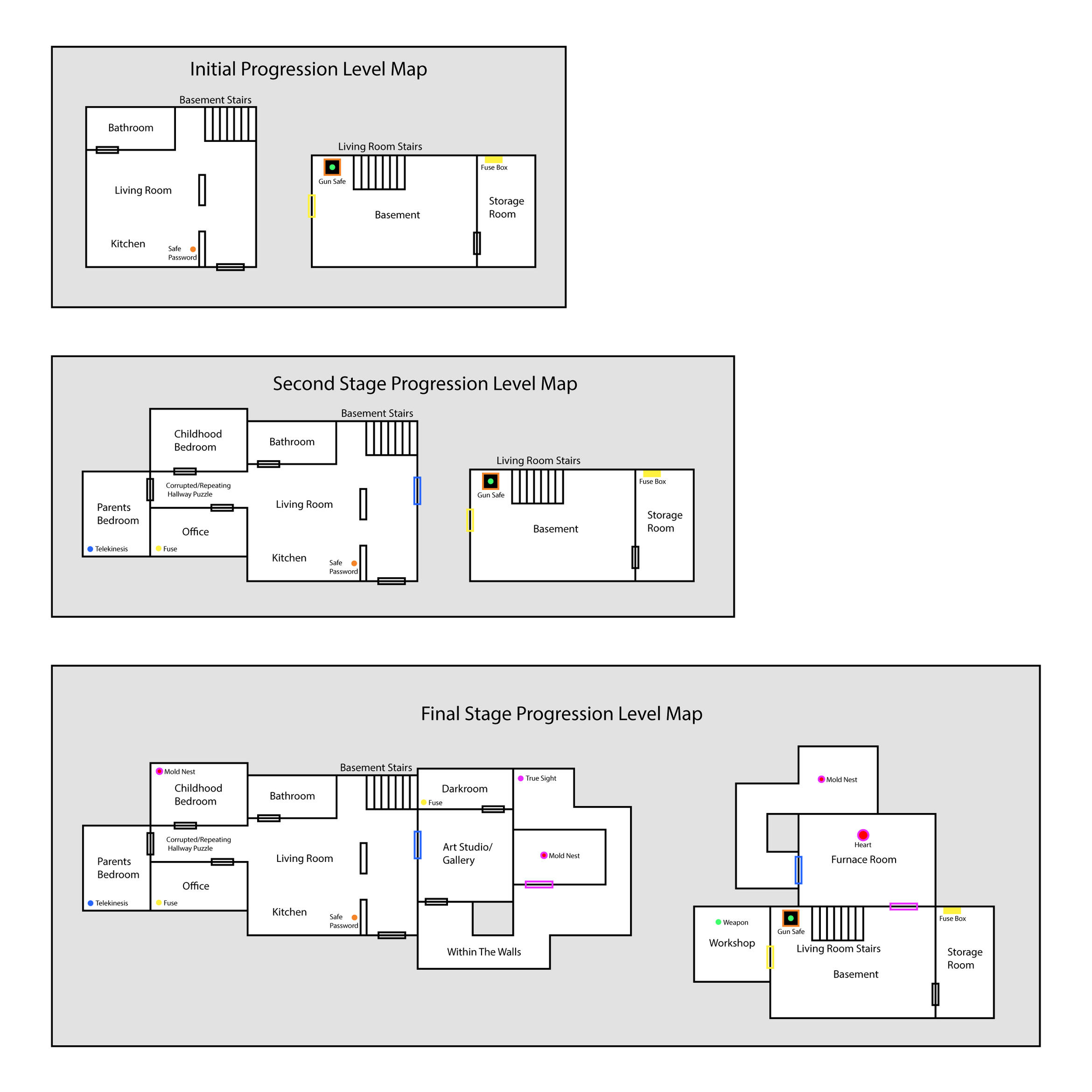
I decided the level would have 3 stages of expansion, controlled by event flags.
Flag 1:
- Obtain a starting weapon "Pistol" from the gun safe.Flag 2:
- Obtain a character ability "Telekinesis" from the Parents Bedroom.Once in the final stage the map is completely opened up and progression is controlled through the use of the players final unlocked ability "True Sight".
With these 2 abilities the player is able to backtrack and unlock areas previously inaccessible.
3d Modeling
Tech Art
Digital Art
3d Modeling
Baking high poly detail into low poly models.
Low Poly

High Poly
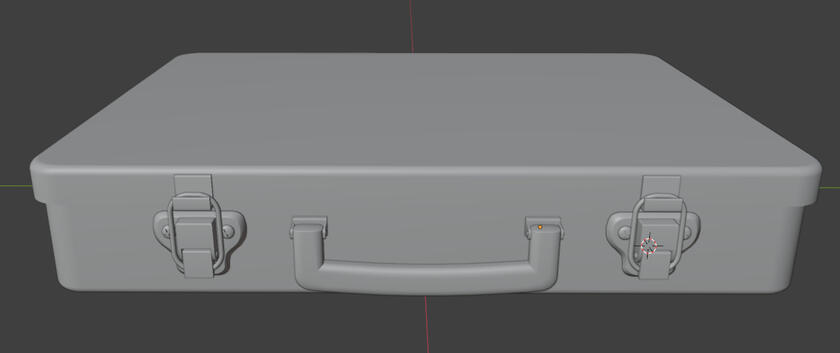
Low Poly
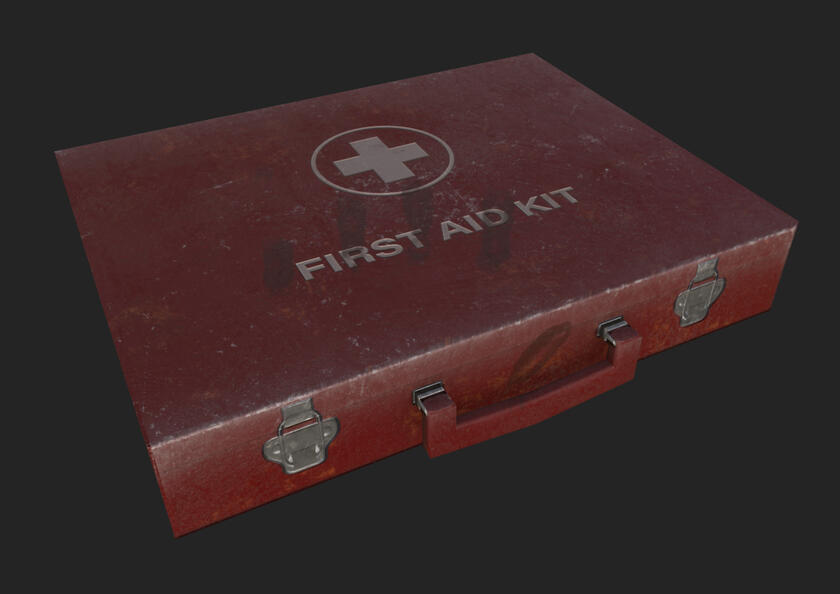
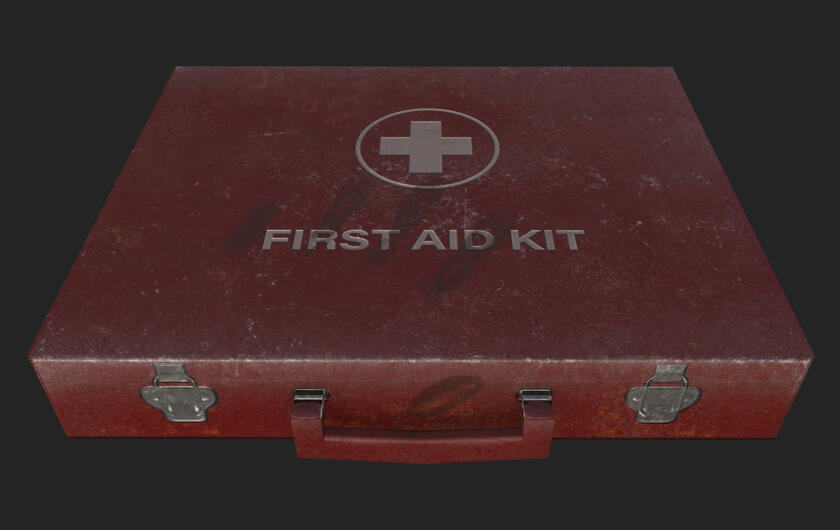
Gallery
